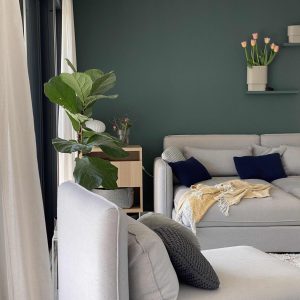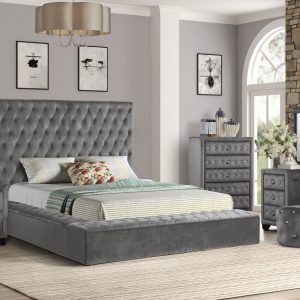Whether you are looking for LED lights or traditional incandescent bulbs, knowing how many lumens you need is an important part of selecting the right type of lighting. This calculation will allow you to choose fixtures that offer the proper level of brightness without overloading your space.
How to determine how many lumens you need for pendant lights
The first step in calculating how many lumens your Zomier pendant lights need is to measure the area of the room. To do this, use a tape measure to take measurements of the length and width of each wall. Once you have this information, you can use a footcandle multiplier to calculate how many lumens each of these wall areas will require.
In addition to the surface area of your room, you will also want to consider the reflectance of your walls in your calculations. Lighter-colored walls will require less light than darker walls. In general, if you are planning to hang multiple pendants in the same area, you should multiply your footcandle multiplier by three to four times.
If you are aiming for a warm, ambient feel to your lighting, an incandescent bulb may be the best choice. You can use a halogen or fluorescent bulb if you are looking for a brighter, more dramatic look.
Once you have determined the total amount of lumens needed in your space, you can start shopping for the right pendant lights to meet your needs. You should also consider the shade material of your chosen light fixture. Using clear glass will help diffuse light throughout the space, while dark shades will create a more dramatic appearance.
Size: Pendant lights come in a variety of sizes and shapes, with some being small and others being large. Small pendants are great options for lighting kitchen islands and a small dining table, while larger pendants can provide an intense light source above round tables.
Shape: Pendants can be round, square, octagonal or even hexagonal in shape. They can also be made from different materials such as wood, stone and metal. These shapes and styles can vary based on the function of the lighting, but they can all be used to create a stylish look in your home or business.
Style: If you are looking for a contemporary or modern pendant design, you can look for fixtures that feature sleek lines and minimal details. These fixtures are often less expensive than traditional chandeliers and will work well in a wide variety of spaces.
Color: Pendants can be painted to match the color of your room or ceiling, or they can be left natural. Either way, you should choose a pendant light that matches the overall aesthetic of the room and doesn’t clash with any other existing decor or furniture in the space.
Bulb Type: Incandescent, halogen, fluorescent or LED bulbs are the most common types of bulbs for pendant lights. You can use an incandescent bulb if you’d like to save energy and money, but for maximum impact, you should opt for an LED bulb.



